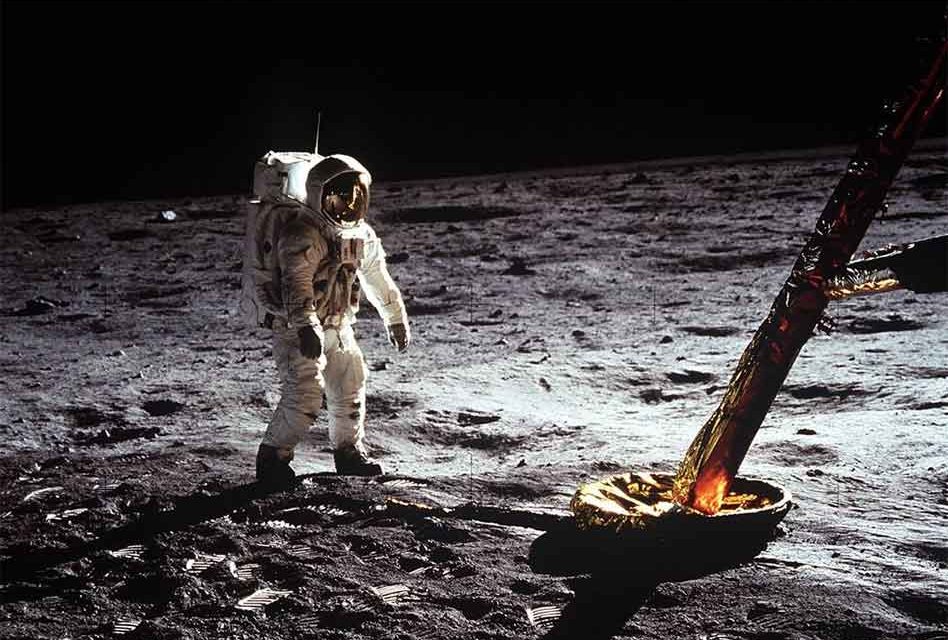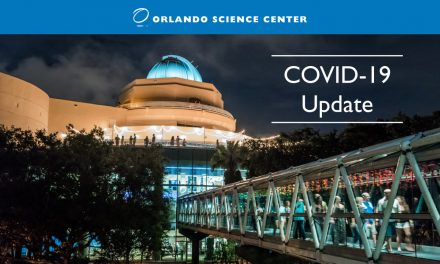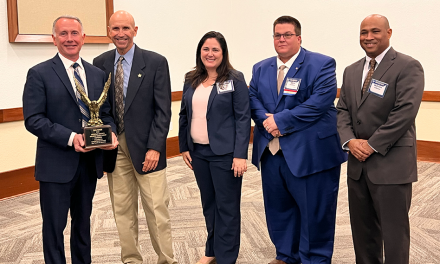Fifty years ago today, July 16, 1969, the Apollo 11 spacecraft lifted off from the Kennedy Space Center, and was the first manned mission to land on the Moon. It was a mission filled with hope, wonder, anxiety, and vision, and one that would change forever how we view our world and our place in the great expanse called the universe.
It brought us the first steps by humans on another planetary body and were taken by Neil Armstrong and Buzz Aldrin on July 20, 1969. Those same astronauts, along with Michael Collins, successfully returned to Earth and brought with them the first samples from another planetary body. Apollo 11 achieved its primary mission – to perform a manned lunar landing and return the mission safely to Earth – and paved the way for the Apollo lunar landing missions to follow.
After Apollo 11 successfully reached orbit around the earth, the S-IVB engine was reignited for acceleration of the spacecraft to the velocity required for Earth gravity escape.
Once the spacecraft was placed in an elliptical orbit above the surface of the moon, the lunar module (LM), with Astronauts Armstrong and Aldrin aboard, was undocked from the command-service module (CSM). The LM descent engine was fired for approximately 29 seconds, and the descent to the lunar surface began. The LM descent engine was started for the last time and burned until touchdown on the lunar surface. The Eagle successfully landed on the Moon 102 hr, 45 min and 40 sec after launch from the planet Earth.
Immediately after landing on the Moon, Armstrong and Aldrin prepared the LM for liftoff as a contingency measure. Following the meal, a scheduled sleep period was postponed at the astronauts’ request, and the astronauts began preparations for descent to the lunar surface.
Astronaut Armstrong emerged from the spacecraft first. While descending, he released the Modularized Equipment Stowage Assembly (MESA) on which the surface television camera was stowed, and the camera recorded humankind’s first step on the Moon.
A sample of surface material from the moon was collected and stowed to assure that, if a contingency required an early end to the planned surface activities, samples of lunar surface material would be returned to Earth. Astronaut Aldrin subsequently descended to the lunar surface.
The astronauts carried out the planned sequence of activities that included deployment of a Solar Wind Composition (SWC) experiment, collection of a larger sample of lunar material, panoramic photographs of the region near the landing site and the lunar horizon, closeup photographs of in place lunar surface material, deployment of a Laser-Ranging Retroreflector (LRRR) and a Passive Seismic Experiment Package (PSEP), and collection of two core-tube samples of the lunar surface.
Approximately two and a quarter hours after descending to the surface, the astronauts began preparations to reenter the LM, to get some sleep before their planned departure from the moon. The ascent from the lunar surface began after 21 hours and 36 minutes after the initial moon landing.
In transearth coast only one of four planned midcourse corrections was required. The CM entered the atmosphere of the Earth with a velocity of 36,194 feet per second and safely landed in the Pacific Ocean, bringing our heroic explorers back safely.
Before setting foot on the Moon, the Apollo Program “had taken the efforts of more than a half-million people, produced the largest and most powerful rockets ever built, and sent humans farther than they had ever gone before,” according to Smithsonian National Air and Space Museum.
Positively Osceola would like to salute the 50th anniversary of the Apollo 11 launch and recognize NASA for making a Positive Difference in American History. We look forward to future missions to the Moon and Mars. NASA estimates that we will be celebrating the accomplishment of successfully landing humans on Mars and then returning them to Earth by 2030. We salute our heroic Apollo Astronauts of the past, and those who we will celebrate in the near future!
Source: airandspace.si.edu




















